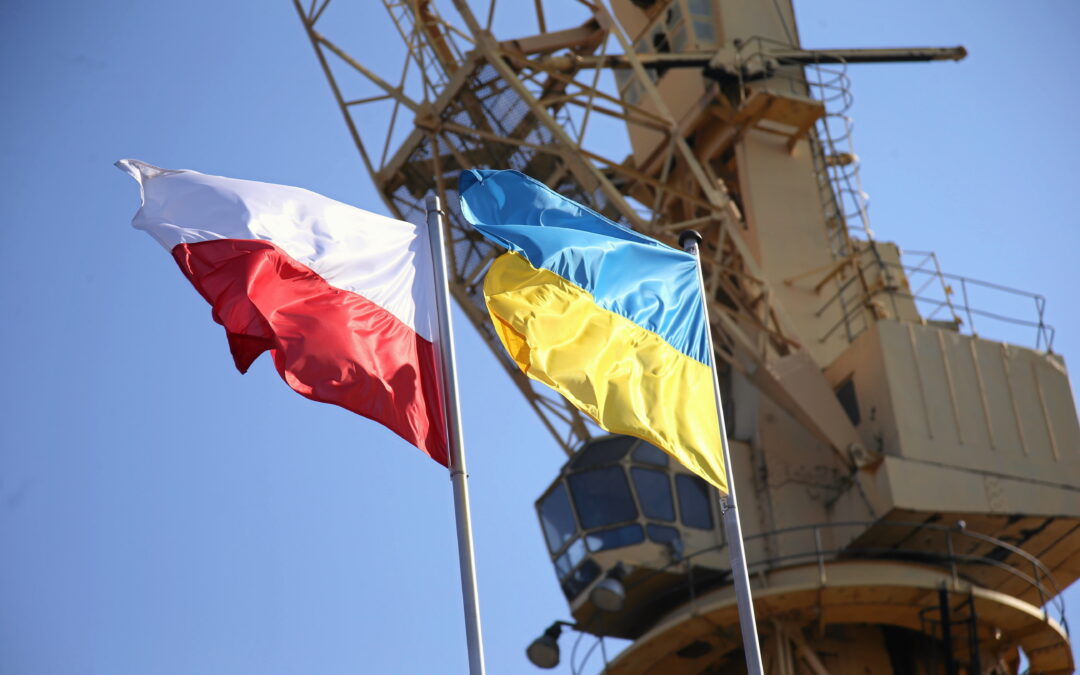Archaeologists have announced the discovery of the largest known Roman-era pottery production site in Poland, dating back 1,700 years. The area has been linked to the Przeworsk culture, which is part of an Iron Age archaeological complex stretching over central and southern Poland.
The site, near the village of Wrzępia in the southern Małopolska Province, was first discovered in the 1990s after numerous fragments of pottery vessels were unearthed in a field. Small-scale excavations in 1995 also found signs of pottery production.
However, the full scale of the site has only now been revealed, after archaeologists conducted non-invasive magnetic surface tests over 12.3 acres of land, revealing 130 anomalies, which suggest the existence of pottery furnaces.
The discovery is therefore one of the largest of such sites in Europe, reports Onet, comparable to Medieșu Aurit in Romania, where researchers also used magnetic tests to reveal approximately 200 furnaces.
A team of archaeologists working on the site this month have excavated two pottery furnaces, which are estimated to have been in operation between the 2nd and 5th century. At that time, the region was inhabited by the Vandals, a Germanic tribe, who are often associated with the Przeworsk culture.
According to Jan Bulas, one of the archaeologists on the project, the unearthed site produced “storage vessels with characteristic wide spouts” that were up to 50cm in diameter and 70cm in height.
“The utensils were most likely used for storage, such as for food – there are known discoveries of this type of vessels buried in the ground, where they were probably used as a kind of pantry,” he told Polskie Radio. Other items discovered include remnants of burnt construction clay from furnaces, two flint tools and iron objects.
Similar sites have also been found across the region. The previously largest pottery centre associated with the Przeworsk culture was a site in Zofipole near Kraków, where 57 furnaces were excavated.
Iron production centres have also been found in areas that are now part of Poland. The largest is located in the Świętokrzyskie Mountains, with other large centres also found in the Masovian and Silesian provinces.
According to Bulas, these became some of “the largest ancient metallurgical centres in so-called Barbarian Europe”, showing the scope of the region’s economy at the time.
Bulas, however, believes the site probably only served the local area, because no vessels characteristic of the region have been found north of the nearby Vistula river.
The discovery of the site also follows other notable archaeological finds in Poland in recent years. In 2019, a Neanderthal workshop dating back 60,000 years was discovered – the largest such site in Central Europe outside caves. Meanwhile, in the same year, roadworks in Kraków uncovered a 600-year-old fragment of the city’s gates.
With field research recently finished, researchers are now analysing the artefacts discovered to determine the length of time the site was in operation, as well as the extent of demand for pottery produced there. The archaeologists are also now calling for the site to be protected against vandalism.
Main image credit: Projekt Wrzępia/Facebook

Juliette Bretan is a freelance journalist covering Polish and Eastern European current affairs and culture. Her work has featured on the BBC World Service, and in CityMetric, The Independent, Ozy, New Eastern Europe and Culture.pl.



















